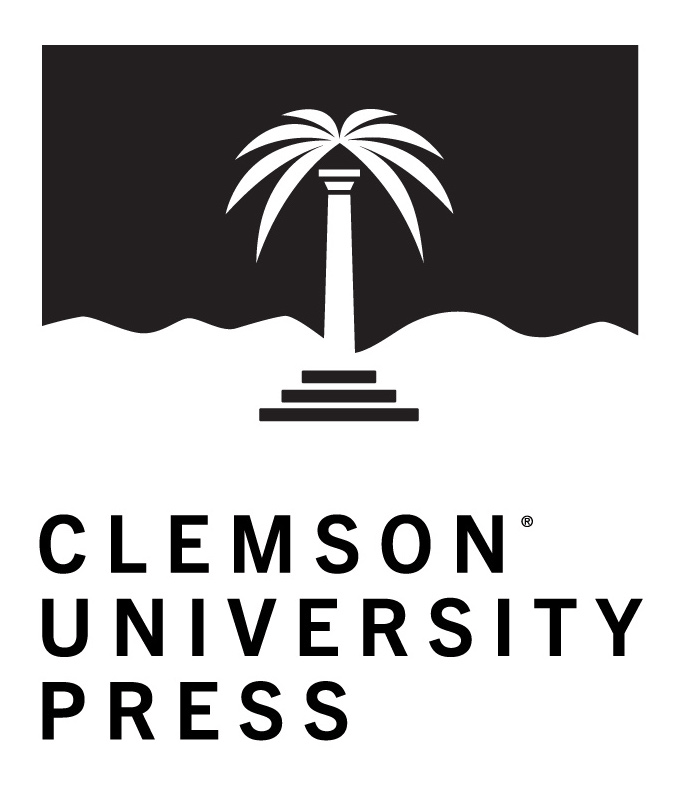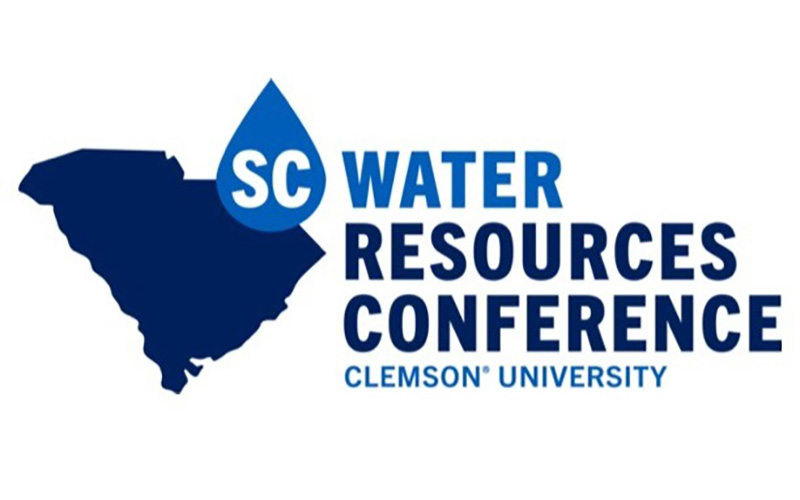Article Type
Full Research Article – Special Issue
Volume
9
Issue
2
Abstract
Harmful algal blooms (HABs) cause detrimental economic, ecological, and human health impacts. A major group of HAB taxa of particular interest in coastal shellfish harvesting grounds consists of domoic-acid producing species within the cosmopolitan marine diatom genus Pseudo-nitzschia. Domoic acid (DA) is a neurotoxic amino acid that bioaccumulates in the tissue of filter-feeding shellfish and is responsible for amnesiac shellfish poisoning (ASP) in humans and other marine life. To minimize human health risks and economically damaging shellfish harvesting closures, there is a need to develop proactive monitoring efforts that focus on determining the environmental conditions likely to support Pseudo-nitzschia HABs. This project uses Nanopore sequence data from PCR amplicons using eDNA collected from the public shellfish harvesting area in Huntington Beach State Park. The aim of this research is to explore the use of ribosomal primers in providing baseline taxonomic data supporting effective management of shellfish harvesting areas along the South Carolina coast.
Takeaway(s)
none
Recommended Citation
Cevasco, Megan; Lawson, Aramis; Padgett, Zachary; and Renshaw, Elena
(2024)
"Detecting the Diatom HAB Genus Pseudo-nitzschia in the Public Shellfish Harvesting Area of Huntington Beach State Park Using a Nanopore Sequencing Approach,"
Journal of South Carolina Water Resources: Vol. 9
:
Iss.
2
, Article 12.
Available at:
https://open.clemson.edu/jscwr/vol9/iss2/12






